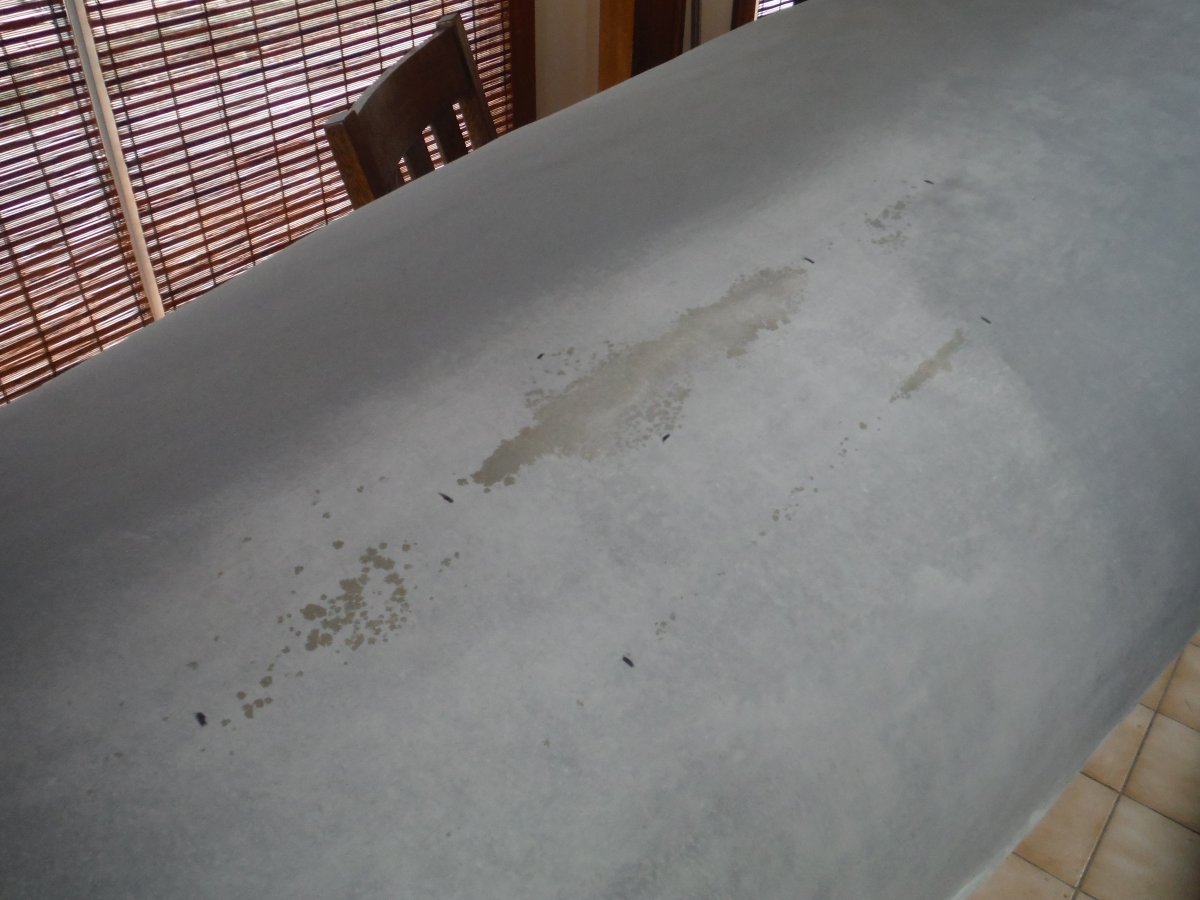Scott Rowe
Random Adventurer
About a month ago I went to a local boat builder and he guided my son and I through the canvasing of my ongoing Morris project. When we picked it up it had a few wrinkles that were disheartening but Pat assured me they would disappear. In fact just leaving the boat outside a few days some wrinkles did disappear. I searched this forum for wrinkle issues and decided to use the hot water treatment on the inside of the hull to remove the last wrinkles. This seemed to help but I noticed when I turned the boat over that water has seeped through the canvas in a couple spots! The hull should have been waterproof by this time.
1. So first question is will the pre-kote I plan to use fix this issue or should I use something else on the trouble spots.
2. Second question is regarding canvas smiles at the decks. My Morris has fine outwales at the deck area and I'm worried the outwales will not cover these small puckers. Should I pull the staples and move them higher onto the inwales (or small tacks)? Or use a fairing compound or spot putty on them.
In the pictures you can see a lighter shade of gray on the hull where we added thinner to the filler. It's in this area where you can actually see a tobacco colored stain where water seeped through. Also, I've included a couple pictures of the smiles at the deck area.
Thanks for any advice, this forum has been invaluable in getting me to this point of my restoration.
1. So first question is will the pre-kote I plan to use fix this issue or should I use something else on the trouble spots.
2. Second question is regarding canvas smiles at the decks. My Morris has fine outwales at the deck area and I'm worried the outwales will not cover these small puckers. Should I pull the staples and move them higher onto the inwales (or small tacks)? Or use a fairing compound or spot putty on them.
In the pictures you can see a lighter shade of gray on the hull where we added thinner to the filler. It's in this area where you can actually see a tobacco colored stain where water seeped through. Also, I've included a couple pictures of the smiles at the deck area.
Thanks for any advice, this forum has been invaluable in getting me to this point of my restoration.







